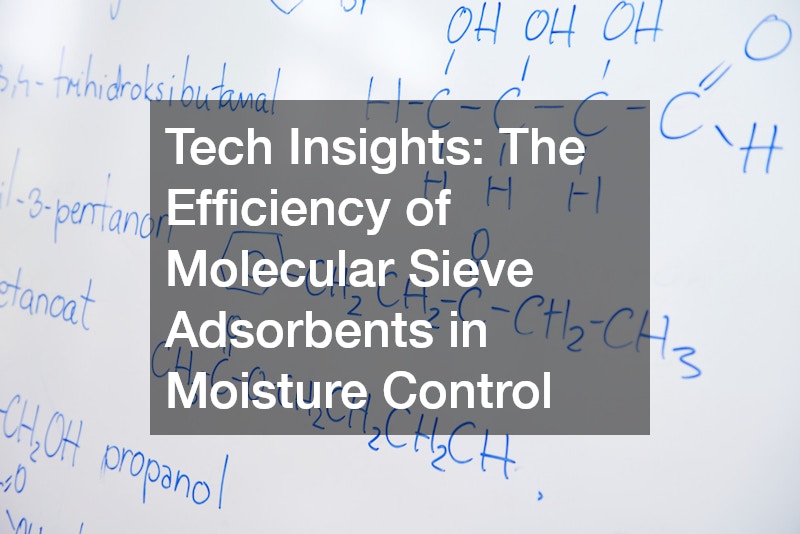In the realm of moisture control technology, molecular sieve adsorbents stand out due to their exceptional efficiency and performance. These advanced materials are designed to manage and control moisture levels with a high degree of precision, making them invaluable across various industries, from electronics to pharmaceuticals.
What Are Molecular Sieve Adsorbents?
Molecular sieve adsorbents are specialized materials with a porous, crystalline structure, allowing them to selectively absorb molecules based on size and shape. Typically composed of aluminosilicate minerals or synthetic analogs, these adsorbents create a network of tiny pores that can trap and hold moisture effectively.
The size of these pores is carefully engineered, usually ranging from 3 to 10 angstroms, enabling the adsorbents to interact with specific molecules while excluding others selectively.
How Do Molecular Sieve Adsorbents Work?
The primary function of molecular sieve adsorbents is to absorb and remove moisture from their environment. This is achieved through adsorption, where moisture molecules are trapped within the porous structure of the sieve. Unlike simple desiccants, which rely on passive moisture absorption, molecular sieves extract moisture from the surrounding air or other media. This capability is due to their unique pore size and structure, allowing them to capture water molecules efficiently.
In a typical application, molecular sieve adsorbents maintain precise moisture levels in sensitive environments. For instance, maintaining low humidity levels in electronics manufacturing is crucial to prevent damage to electronic components. Molecular sieve adsorbents effectively control moisture levels, keeping components dry and operational. Similarly, in pharmaceuticals, the purity and stability of drugs can be compromised by excess moisture, making molecular sieves an essential element for storage and packaging.
A Comparative Look: Molecular Sieves vs. Silica Gel
To illustrate the effectiveness of molecular sieve adsorbents, consider a comparative analysis with silica gel, a common moisture-absorbing material. In a controlled experiment, blue indicating silica gel was exposed to ambient moisture, causing it to turn pink as it absorbed water. After 48 hours, the silica gel had absorbed significant moisture and increased in weight. When placed alongside molecular sieve adsorbents in an airtight container, the molecular sieves absorbed the moisture from the silica gel. Over another 48 hours, the silica gel reverted to its original blue color, while the molecular sieve packets gained weight, indicating effective moisture removal.
This experiment highlights the superior performance of molecular sieve adsorbents. While silica gel showed a noticeable increase in weight due to moisture absorption, the molecular sieve adsorbents efficiently extracted moisture from the silica gel, demonstrating their advanced moisture control capabilities. The molecular sieve packets gained approximately 18% in weight, reflecting their effectiveness in capturing moisture from the environment.
Conclusion
Molecular sieve adsorbents are at the forefront of moisture control technology, offering unparalleled efficiency and precision in managing humidity levels. Their advanced porous structure allows them to selectively absorb moisture, making them crucial in industries where moisture control is vital. The comparative analysis with silica gel underscores the superior performance of molecular sieve adsorbents, reinforcing their role as a key technology in maintaining optimal conditions across various applications.
.


